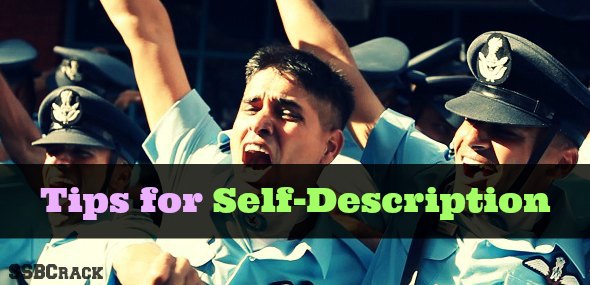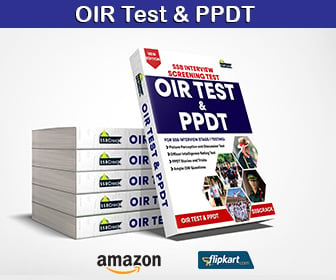Hi all. This blog is about my experience at 4-AFSB Varanasi and referring to my experience as awesome would be an understatement. Now the date of reporting was 13th January 2014 and approximately 200 students from all over India were standing at the railway station with full enthusiasm and expectations to become a flying officer in next few days. We had a briefing there about what all documents would be required and soon all the students were taken to the selection board. All the baggage was kept in a separate truck. We all assembled in a hall where an officer told us about the procedures that would be followed for the day.
After a formal welcome, we started with the tests. The first one was OIR (officers intelligence rating) test. It’s a simple aptitude test which was held in two parts, each having 50 questions each and the time allotted was approximately half an hour each. After the aptitude test, in PPDT a picture (very hazy) was shown to us for 30 seconds and we were given 1+4 minutes to write no. of characters along with their sex, mood and age, a story respectively. The haziness is to test the kind of thinking a candidate has (the story should never have any negativity in it and should preferably have a hero in it). After this the candidates were divided in groups of 12 each and we were asked to narrate our own stories one by one and then discuss it. The most important thing in a group discussion is that one should speak at least twice and should never try to dominate the discussion i.e. respect others too. Within 15 minutes of the GD the results were declared and 65 candidates were screened in for the next 5 day process.
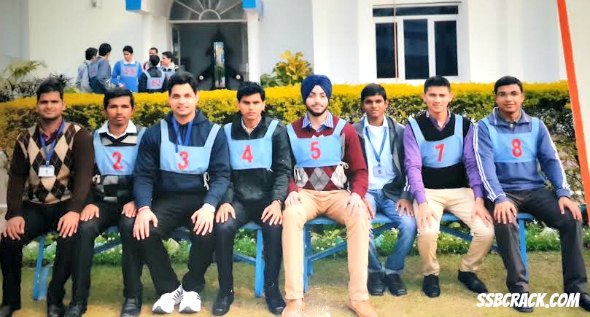
We took our luggage, had lunch and moved to our respective rooms which were very well equipped with all the facilities and were spacious too. After keeping our luggage we again went to the hall where we were first congratulated by the officer and then we had our documents verification. We were made to fill the PIQ form which is basically to know about the candidate. One should be cautious while filling up the PIQ form and not write things which he/she does not have any knowledge about because all the qualities mentioned by you would be checked during the course of the 6 day stay and also in the interview, 60% of the questions are based on the PIQ form. After the process, we had our dinner and after the fall in at 8:45 pm we went to our respective dorms. We were ordered to fall in at 6:45 am in the morning.
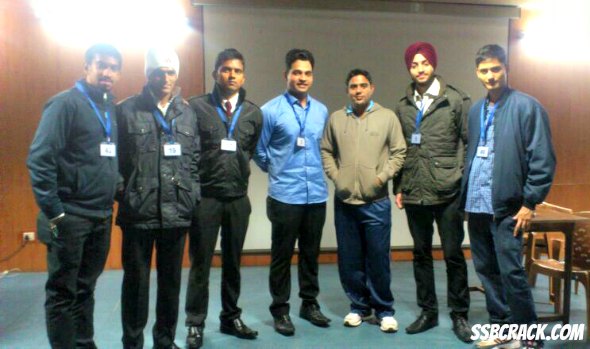
The next day i.e. 2nd day started with the PABT (Pilot aptitude battery test). This test was only for the candidates who had opted for flying branch. In PABT, firstly we are taught for an hour and all the things are explained in detail. After the explanation we have the written test in two parts (15+50 questions). The test is a cakewalk provided you listen to the explanation carefully (but the time is too less and therefore some pressure is there). Those who cleared the written round were taken for the machine test (INSB and SMA). This too checks the ability of the candidate to handle the machines. For each test we get 3 chances and the best one is taken for the score (No trial is given beforehand although the candidate are explained the functioning of all the parts). After the machine test we were given 15 minutes to report back for the psych test.
The psych test includes 4 tests which are
- Thematic Apperception Test (TAT): Candidates are shown clear pictures, in which the candidate has to observe it for 30 seconds then needs to write a story on it in four minutes. There are total 12 slides are shown, 11 slides will be shown one by one i.e. after 4 minutes and 30 seconds the next slide will appear. There will be only one answer booklet for all the psychological tests, and will be provided only once, no supplementary sheets are provided. The twelfth slide will be a blank slide where a candidate is supposed to write any story of his own choice.
- Word Association Test (WAT): In this test the candidates are shown a word on a screen for a period of 15 seconds, in this time duration the candidate has to write the first thought that comes in his/her mind for that word. Total 60 words will be shown one after another ( i.e. between each word the gap will be of 15 seconds).
- Situation Reaction Test (SRT): 60 situations will be given and candidates have to write their response. The time allotted is 30 minutes.
- Self-Description Test (SD), or a variation of this like description from the point of view of parents, teachers, colleagues, neighbors, etc.
The next day i.e. day 3, we had to report for the group task. Our GTO gave his introduction and then briefed us with the tasks which we would be performing in the next 2 days. Firstly we had 2 group discussions and after that we moved to GPE (group planning exercise). In GPE, we are shown an area and everything is explained by the GTO. We get 4-5 emergency situations and are expect to solve them within a time frame utilizing the resources as efficiently as possible. We have to write the story in 5 minutes. The sheets are then taken from us and we have to discuss our plans and reach a conclusion. After the discussion, a candidate from the group goes and narrates the plan before all of us and the GTO.
Progressive group task was the next one in which we had to cross 4 obstacles in 45 minutes along with plank, balli, rope and load. Then our group was divided in half and we had to cross one obstacle in 15 minutes (Half group task). There are few rules which are explained by the GTO before the task and should be kept in mind while performing the tasks. The next one is command task in which
The GTO selects each member of the group turn by turn to act a leader or commander of the group the leader is given a free hand to select any number of members to form his group. I chose 2.The GTO then explains the requirement of the task to the leader. The leader in turn explains the requirement and his plan of tackling the task to the members. Then he allots duties to each member. The greater the difficulty level for the candidate better it is (It means the GTO has high expectations from the candidate)
The remaining tasks which were lecturette, individual tasks and final group task were left for the 4th day. In lecturette, the candidate has to pick up a chit in which 3 topics are given(in decreasing order of difficulty). The candidate has to choose one out of the three topics and speak on the same for 3 minutes. The candidate gets 3 minute time for preparation. The individual tasks are no big deal if you a are a sportsperson. The candidates have to perform 10 tasks in a span of 3 minutes. Here again number of tasks does not matter, what matters is how a candidate approaches a task and performs it. In the final group task, the group is given one hurdle and time allotted is 15 minutes. The group is expected to show a better coordination than the progressive group tasks. After the final group task, the candidates whose interview was scheduled for that day were instructed to report to the waiting room within 20 minutes.
I had my interview on the same day and as instructed I quickly changed my clothes and went to the waiting room. In the waiting room there were around 10 candidates and everyone was curious as well as nervous at the same time. I had to wait for approx 2 hours before my turn came. The IO first asked me about myself (schooling, achievements etc) and then about my family and friends. Some questions on general knowledge were also asked which I answered correctly but I did not know 1-2 questions which were related to Indian Air Force and instead of blabbering non sense I straight forward told the IO that I am not very knowledgeable in the field of aircrafts and the IO did not ask me any further questions on aircrafts. As I had mentioned earlier, many questions were based on the PIQ form. The interview is basically to know more about the candidate and there is nothing to be afraid of.
Our group had next day free and we visited few places in Varanasi and went for a movie to lighten up the mood. On the last day i.e. 6th day after the interviews were over, all the candidates were called for the conference. In the conference hall 15-20 officers in their complete uniform were sitting in a U-shaped table and the candidates were called inside one by one. In the conference room only general questions are asked (about your stay, suggestions etc) It takes at max 1 minute per candidate.
After the conference we headed to the mess for lunch and then went back to the auditorium. Within few minutes, the officers came with the results. I could sense the anxiety of all the candidates including me. All of us were eager to know whether we have made it or not. The officer started calling out the chest nos. of the selected candidates. Mine was the first one to be called out (3) and that feeling which I had cannot be expressed in words. After all the chest nos. was announced, the result of PABT was declared. We did feel bad at the same time for our friends who could not make it and hence it was mixed emotions for all of us. After that the recommended candidates had to fill up forms and complete the formalities which took around 4 hours.
All I would say is that the experience one gets cannot be compared to anything and one should go for SSB at least once in his/her life. Also, never think about the end result and just focus on the tasks and surely you will come out with flying colours.
Also Read
 About Author: Shashank Shekhar
About Author: Shashank Shekhar
I am Shashank Shekhar, recommended from 4 AFSB Varanasi. I belong to Lucknow (Uttar Pradesh). Currently I am pursuing B. tech from THE LNMIIT, Jaipur.

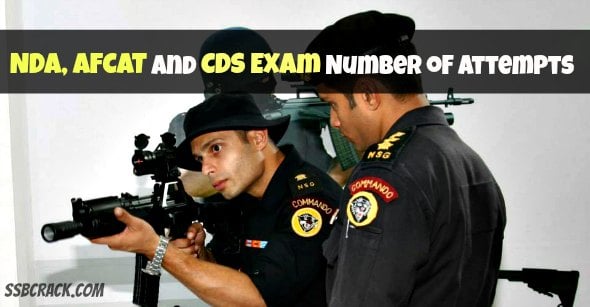
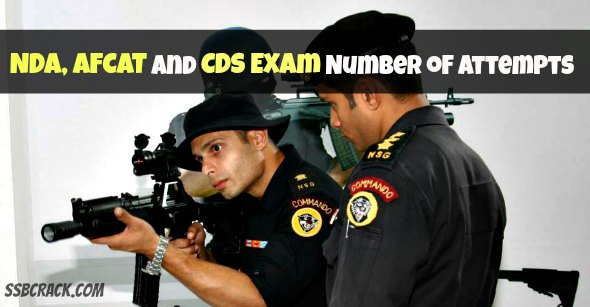
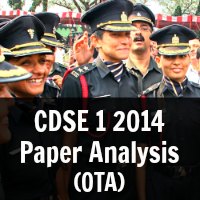.jpg)
.jpg)
 Tashi Mishra, Editorial Team
Tashi Mishra, Editorial Team![CDS 1 2014 Previous Question Papers [Original] CDS 1 2014 Previous Question Papers](https://www.ssbcrack.com/wp-content/uploads/2014/02/CDS-1-2014-Previous-Question-Papers-Original-.jpg)
![CDS 1 2014 Previous Question Papers [Original] CDS 1 2014 Previous Question Papers [Original]](https://2.bp.blogspot.com/-nojYOtvrltg/UvjvZisFUvI/AAAAAAAANlU/XvWXYNbavvE/s1600/CDS+1+2014+Previous+Question+Papers+%5BOriginal%5D+.jpg)


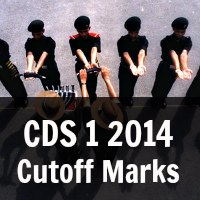
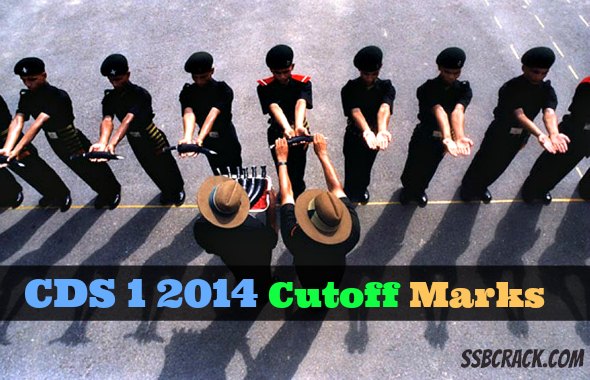
.png) About SSBCrack Editorial Team
About SSBCrack Editorial Team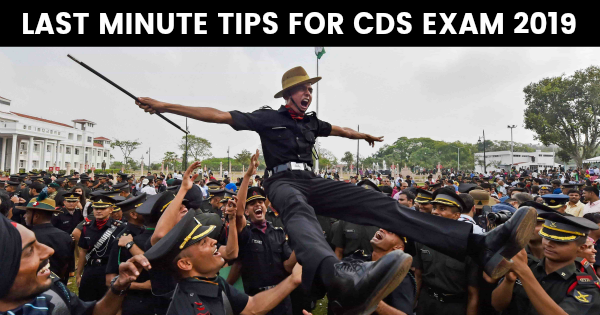
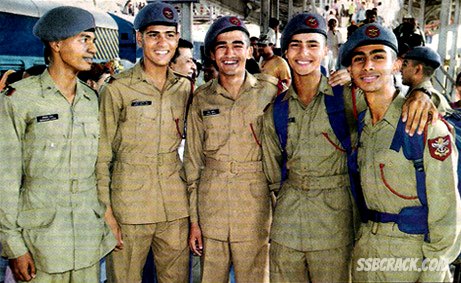





 About Author: Shashank Shekhar
About Author: Shashank Shekhar